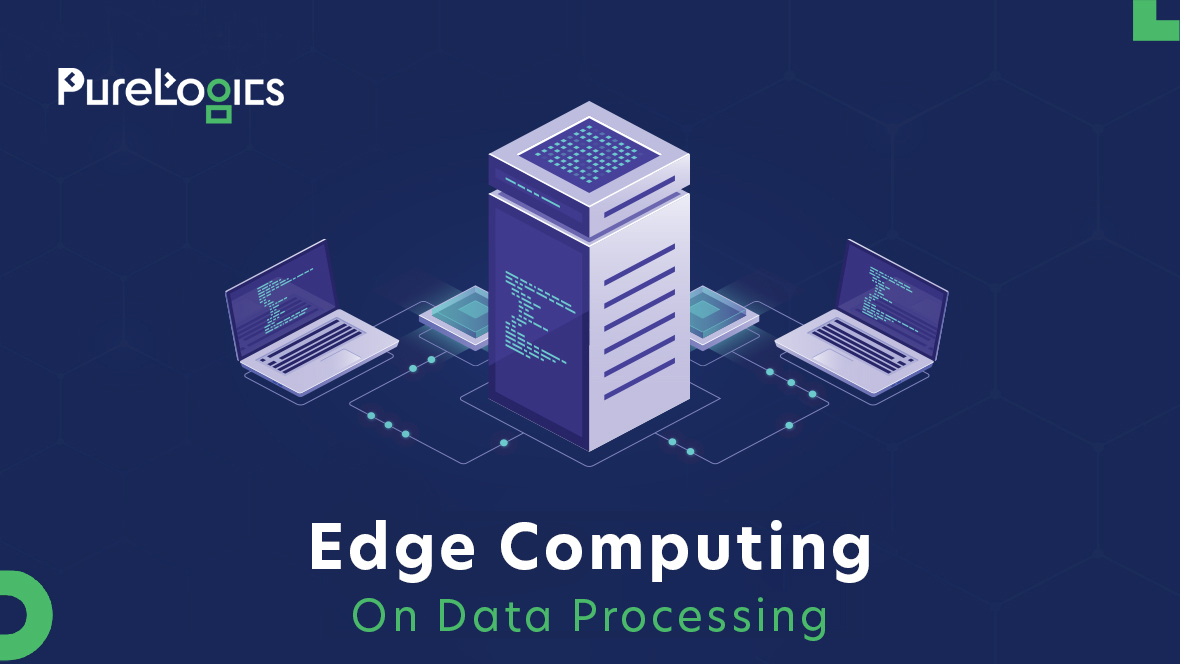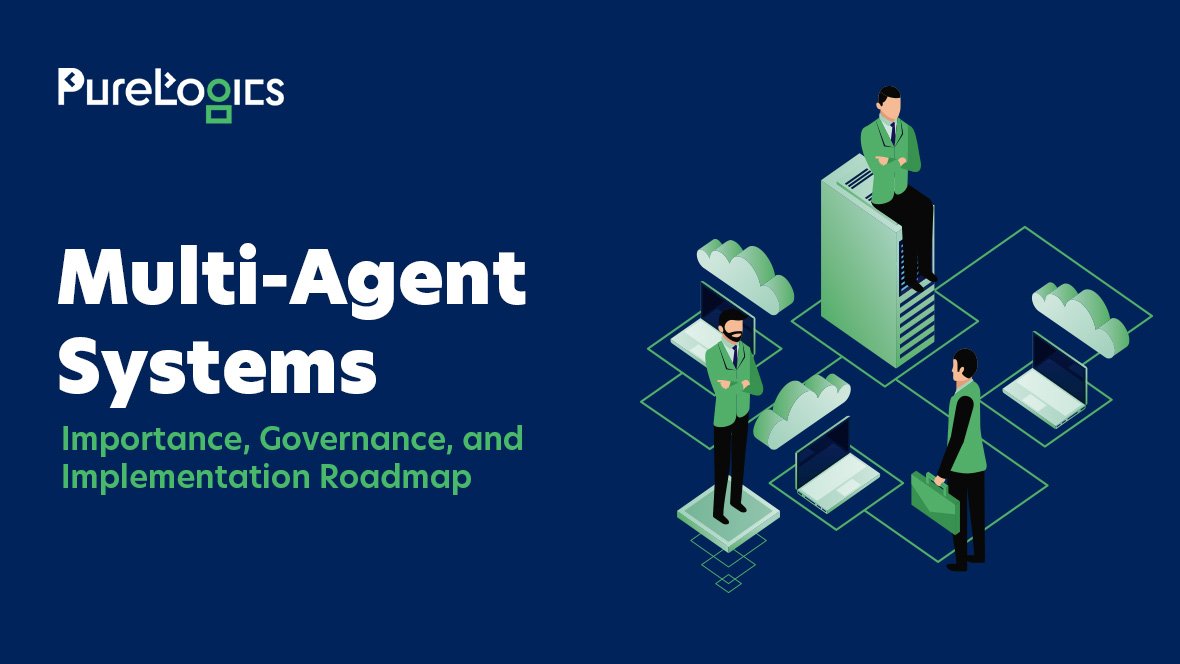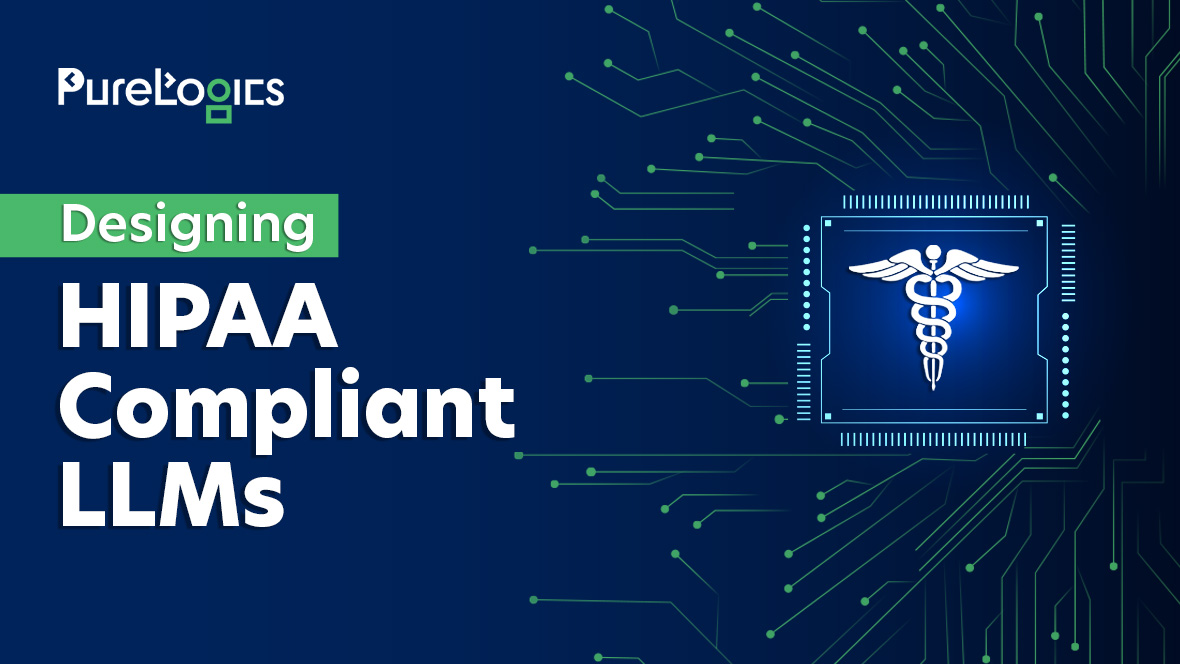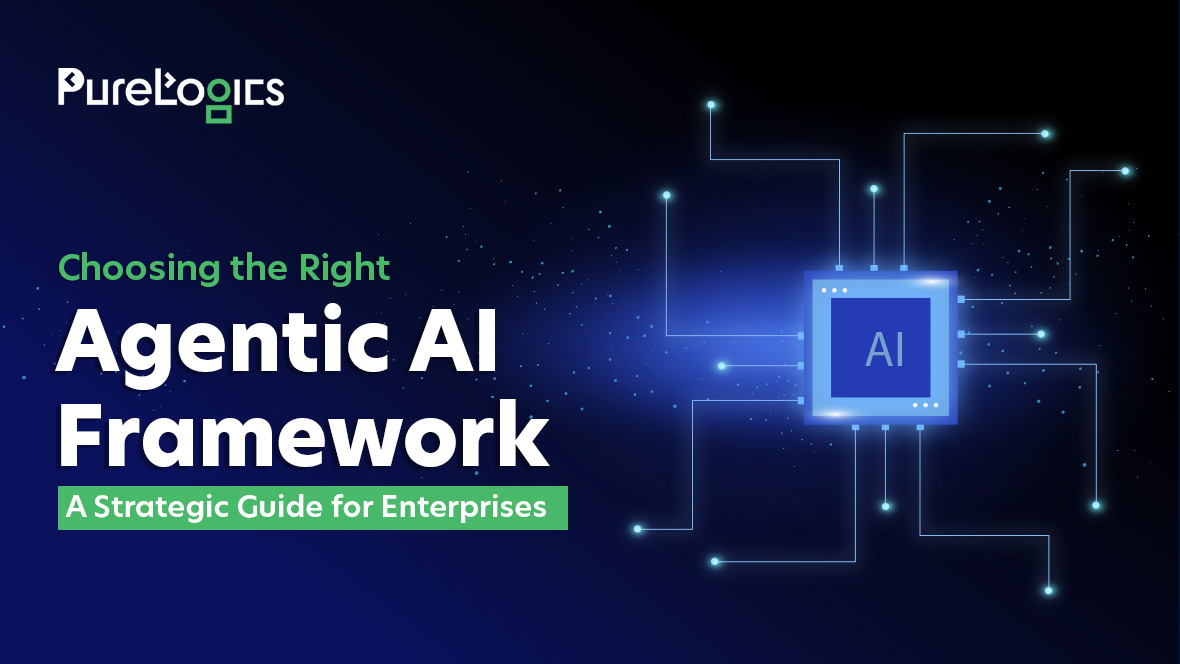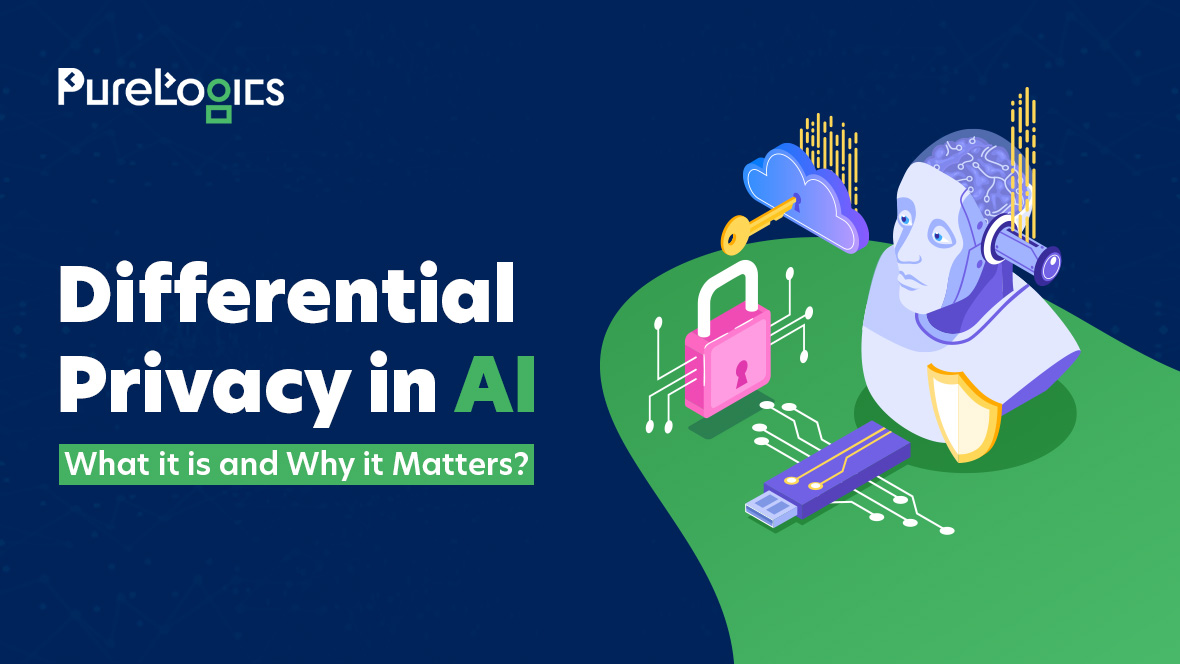Edge computing has emerged as a revolutionary force in the field of data processing. Today’s connected devices are generating a colossal amount of data which has strained the cloud-based techniques to data management. Edge computing is a compelling alternative. It decentralizes data processing and brings computation closer to where the data is generated.
This blog post delves into the impact of edge computing on data processing and highlights its advantages, challenges, and future capabilities. So, buckle up as we are about to analyze the frontier where data converges with reality.
Understanding Edge Computing
Edge computing is a distributed computing paradigm that brings computation and data storage closer to the location where it is needed. It is typically at or near the physical location of devices or sensors. In other words, edge computing processes the data locally rather than sending data to a centralized cloud for processing.
With edge computing, companies can achieve a number of benefits:
Reduced Latency: Edge computing processes data quickly and reduces delays in complex applications.
Bandwidth Optimisation: It processes data locally and brings computation closer to where the data is generated.
Improved Reliability: Edge computing also enhances the resilience of your system, particularly in scenarios when there is intermittent connectivity.
Impact of Edge Computing on Data Processing
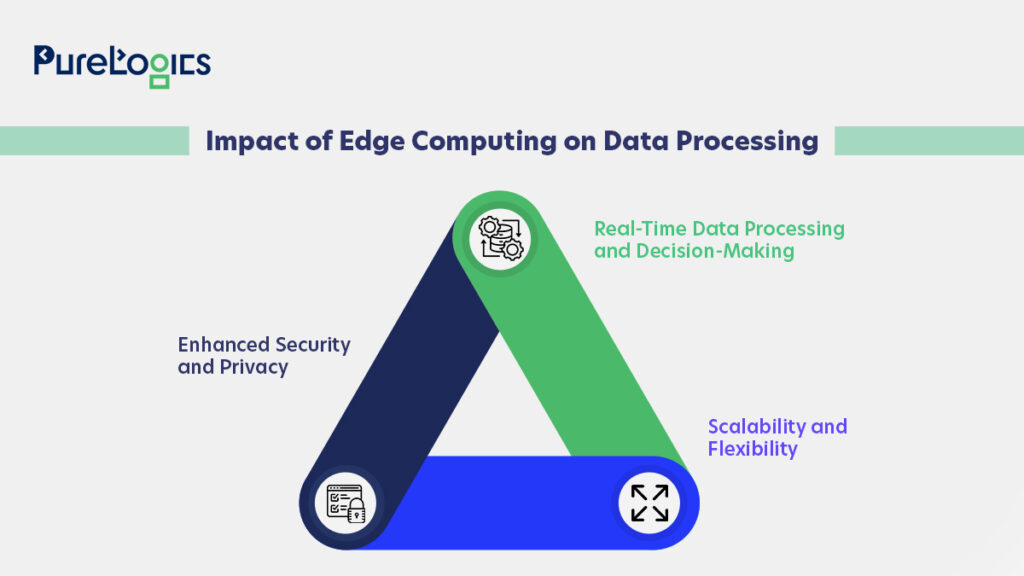
Enhanced Security and Privacy
Enhancement of security and privacy is the most powerful impact of edge computing. In previous cloud computing models, data must be transferred to and from centralized servers. It increases the chances of interception or unofficial access. By processing data where it is generated, edge computing minimizes the exposure of sensitive information during transmission. Data remains within the local network and it reduces the risk of breaches.
Moreover, with edge devices handling data locally, there is less reliance on third-party cloud services. This reduces the vulnerabilities linked with external data storage. Edge computing also allows for more sophisticated encryption and security protocols to be implemented at the local level. This localized security reduces the risk of large-scale cyber-attacks, as each edge node operates independently.
Additionally, in industries where data privacy is paramount, such as healthcare or finance, edge computing provides a means to comply with stringent data protection regulations by keeping data processing within controlled environments.
Real-Time Data Processing and Decision-Making
In industries where real-time decision-making is critical, edge computing has become a game-changer. Traditional cloud computing models often involve latency due to the distance between the data source and the processing center. For applications like autonomous vehicles, industrial automation, or real-time analytics, this delay can be costly or even dangerous.
Edge computing mitigates these latency issues by processing data at the source, enabling real-time analysis and decision-making. For example, in autonomous vehicles, edge computing processes sensor data in real time to make split-second decisions, such as avoiding obstacles or adjusting speed.
Similarly, in industrial settings, edge devices can monitor machinery and detect anomalies instantly, allowing for immediate corrective actions that prevent costly downtimes.
This real-time capability is also vital in smart cities, where edge computing can manage traffic flows, monitor environmental conditions, and enhance public safety by processing data from cameras and sensors without delay. The ability to act on data as it is generated makes edge computing indispensable for applications that require quick responses.
Scalability and Flexibility
Edge computing offers a scalable and flexible solution for businesses looking to manage the growing volume of data generated by IoT devices. As the number of connected devices continues to rise, traditional cloud infrastructures struggle to cope with the sheer amount of data being transmitted. Edge computing minimizes this burden by distributing processing tasks across multiple edge nodes. These tasks can be easily added or removed according to the changing needs.
This scalability is particularly beneficial for businesses with fluctuating data processing needs. For example, during peak times, additional edge nodes can be deployed to handle the increased load, ensuring smooth and efficient data processing. Conversely, during off-peak periods, resources can be scaled down to reduce costs.
Moreover, edge computing’s flexibility allows businesses to deploy processing power where it is most needed. Whether in remote locations with limited connectivity or in densely populated urban areas, edge devices can be strategically placed to optimize data processing. This flexibility will help businesses fulfill the demands of data processing.
Unlock the Full Potential of Edge Computing
Enhance speed, security, and reliability in data management with PureLogics’ edge computing solutions.
Challenges of Implementing Edge Computing
While the benefits of edge computing are clear, implementing this technology is not without its challenges. One of the primary hurdles is the complexity of managing a decentralized network of edge devices. Unlike centralized cloud systems, where all data processing occurs in one location, edge computing involves multiple devices spread across various locations, each requiring management, maintenance, and security.
Ensuring the security of edge devices is also a significant challenge. Since these devices are often deployed in remote or less controlled environments, they are more susceptible to physical tampering or cyber-attacks. Businesses must implement robust security measures to protect these devices and the data they process. This includes regular software updates, encryption, and secure communication protocols.
Another challenge is the potential for data fragmentation. With data being processed at multiple edge nodes, ensuring consistency and accuracy across the network can be difficult. Businesses must develop strategies to synchronize data across all edge devices and the central cloud. It ensures that all systems have access to the most up-to-date information.
The Future of Edge Computing
Advancements in technology show that the future of edge computing is bright. As 5G networks become more widespread, the combination of 5G and edge computing will generate new possibilities for real-time data processing and ultra-low latency applications. This synergy will be particularly impactful in industries like healthcare. Remote surgeries, real-time diagnostics, and telemedicine will benefit from the speed and reliability of 5G-powered edge computing.
AI and machine learning are also poised to play a significant role in the evolution of edge computing. By integrating AI and ML algorithms into edge devices, businesses can enable more intelligent and autonomous decision-making at the edge. For example, edge devices could analyze data in real time, detect patterns, and make predictions without needing to rely on cloud-based AI models.
Moreover, as edge computing becomes more mainstream, we can expect that there will be the development of new standards and frameworks that will further simplify its implementation and management. These standards will make it easier for organizations to deploy and scale their edge computing infrastructure.
Future-Proof Your Data Strategy with Edge Computing
Transform your data processing with edge computing. Partner with PureLogics for smarter, faster solutions.
Final Remarks
Edge computing is transforming the way data is processed. It offers many benefits like reduced latency, enhanced security, and improved scalability. However, businesses must also navigate the challenges associated with managing decentralized networks and ensuring data consistency.
Technology is continuously evolving, so edge computing will also become more integral to data processing strategies. This will, undoubtedly, drive innovation and enable new applications that were even unimaginable before. If you want to stay ahead of the curve, you must welcome edge computing as it will help you recognize the full potential of your organizational data.
Want to know how edge computing can revolutionize your IT infrastructure? Contact PureLogics. Our team of experts will help your business achieve operational goals. Fill out the form; our representative will get in touch with you soon.


 [tta_listen_btn]
[tta_listen_btn]
 November 1 2024
November 1 2024

